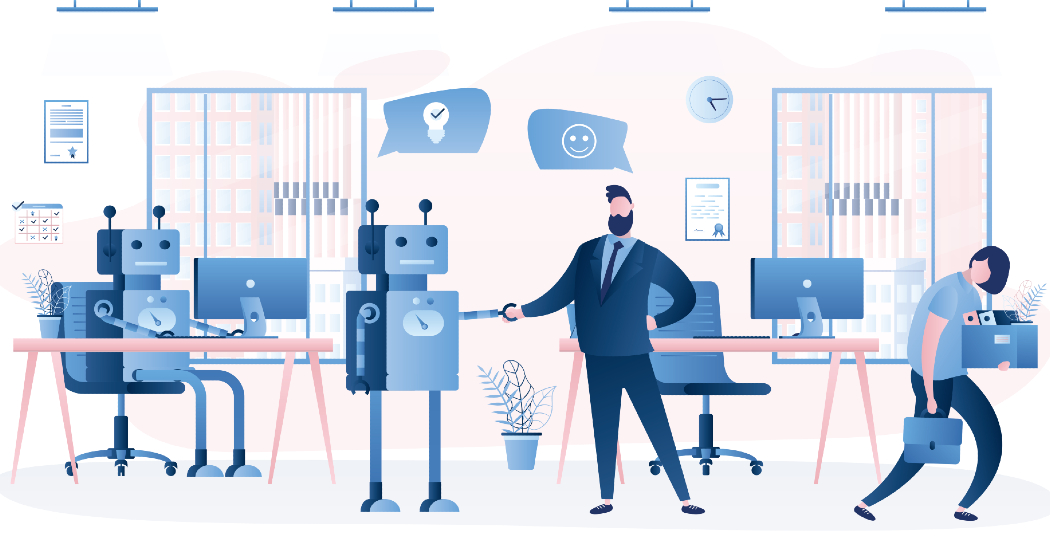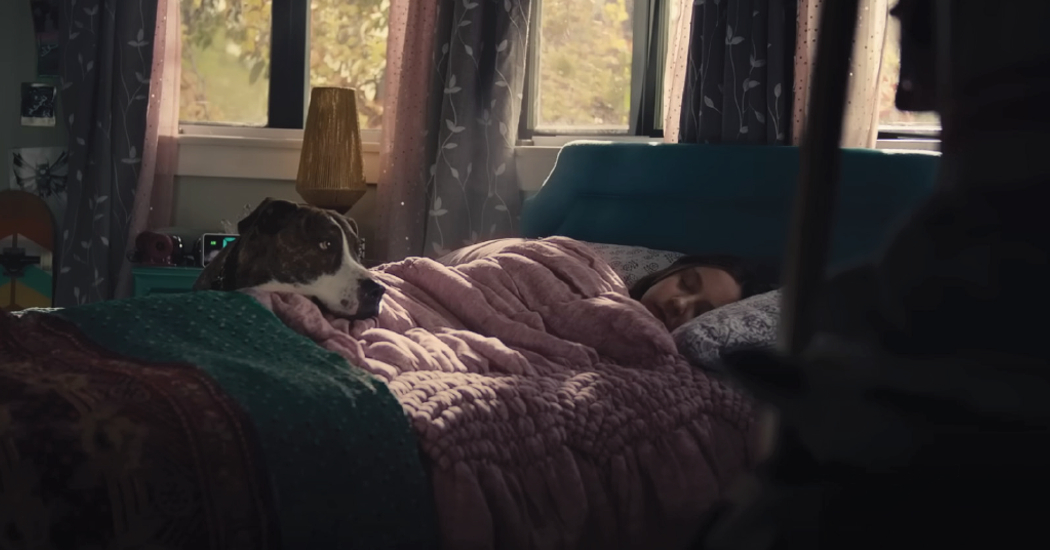Could ChatGPT Take Over Advertising?

ChatGPT by OpenAI is the latest in AI tech and is all the buzz from college students to tech giants such as Apple, Google, and Microsoft. With more than 100 million users to date, it’s only a matter of time before the super-powered chatbot impacts our lives…for better or worse. In this article, we explore what ChatGPT is and its potential impact on the world of digital media.
Artificial intelligence—two words that have been buzzing more than usual thanks to the latest advancement from California-based non-profit, OpenAI. Their latest prototype aptly named ChatGPT has taken the internet, and its users, by storm and shows no signs of slowing down. ChatGPT’s rapid adoption has already shattered records, and at this pace, it won’t be long before it evolves into an interface that changes the world as we know it… or takes it over. Did somebody say “Skynet?”
What is ChatGPT?
ChatGPT (short for generative pre-training transformer) is an AI chatbot powered by a language model with more than 175 billion parameters, enabling it to translate and respond to inquiries in a conversational manner. Said otherwise, ChatGPT is a scary good combination of Google Search and Siri, powered by an AI that perpetually learns as it goes. However, instead of throwing a bunch of results at you like traditional search engines, ChatGPT provides actual responses to inquiries and iterates on your query in a format comparable to WhatsApp or any other messaging interface you’re familiar with.
Need guidance on how to write a specific piece of code? Done. Procrastinated on your history homework and need three pages on Napoleon’s conquests in MLA format by tomorrow? Easy. Curious about how to break into someone’s house without being detected? Sketchy, but certainly within ChatGPT’s wheelhouse. Thankfully, OpenAI implements a number of security protocols such as content filtering and manual human reviews to keep responses as accurate and safe as possible. These protocols prevent ChatGPT’s AI from veering toward illicit territories, or the line of logic that resulted in Judgment Day, AKA the day in the Terminator movie franchise when the self-aware Skynet AI thought “hmm… this place would be a lot better if there weren’t any humans around,” and started cranking out giant, former governors that deliver quippy catchphrases.
While ChatGPT is currently classified as a “Free Research Preview,” early results indicate it is on course to become something far more significant. It took a mere five days for ChatGPT to reach one million users, a milestone that took Facebook 10 months and Instagram one month to achieve. In two months, ChatGPT hit 100 million users—89% faster than TikTok (nine months) and 97% faster than Instagram (two and a half years), making it the fastest-growing consumer application in history according to a recent report from UBS.
Today ChatGPT, while impressive, is still limited in some capacities. The massive dataset powering the AI dates back to September 2021, so it’s not operating on any sort of “real-time” data. Furthermore, the current iteration is prone to inaccuracies in certain instances such as complex math equations and historical references of people or events. That said, tomorrow’s ChatGPT will be a completely different entity in terms of its capability and application in real-world scenarios.
Imagine an AI that can provide actual customer service instead of cookie-cutter bots that render a few generic responses before connecting you with a human. Or an AI that can analyze the stock market and global news around the clock to autonomously make calculated investments that maximize return. These and other very realistic future-state possibilities got us thinking about a few “what if” scenarios involving ChatGPT, specifically in the world of digital media.
What If…ChatGPT Could Develop Creative?
The next most logical evolution for ChatGPT will be toward visual elements. Similar to how you can Google search for specific images, ChatGPT will soon be able to put its spin on creating a broad array of visual assets ranging from banner ads to PowerPoint decks to websites, all to your exact specifications. Moreover, the technology already exists. DALL.E 2, another brainchild of OpenAI, can render original art and imagery from a textual description by combining concepts, attributes, and artistic styles. For example, a DALL.E 2 search for “a 3-D render of humanoid robots drinking coffee” resulted in four highly accurate options to choose from. The same image search on Google resulted in hundreds of results, but none felt as accurate as what DALL.E 2 provided. It’s also worth noting that the four DALL.E 2 options were nowhere to be found in the Google results page. DALL.E 2 also comes with a feature allowing you to share an image and the AI churns out a batch of variations.
What If…ChatGPT Could Run Paid Media Campaigns?
Once ChatGPT joins forces with DALL.E 2 to master imagery, it’s only a matter of time before it expands even further to the point of autonomously building and running paid media campaigns. With a few simple prompts, ChatGPT could identify your ideal audience, accurately predict (not estimate) the return on your media budget, deliver its AI-generated ads to said audience, track performance, optimize where necessary, and produce detailed reporting in any cut you could think of.
What If…ChatGPT Could Run a Global Media Agency?
Fast forward a few years and ChatGPT could sit at the helm of the world’s largest and most successful digital media agency. Sure, it’s not as doom and gloom as Skynet, but in the context of today’s digital agencies, it certainly has the potential to be. Imagine an agency that never sleeps, never needs a day off, never misses a deadline or performance benchmark, is omnilingual, and can facilitate any marketing task or activation you can think of in mere moments instead of multiple business days. This amount of autonomous potential would dramatically impact the world of digital advertising as we know it and could render human-based media agencies obsolete. Yikes.
Replacing Humans is Not in the Immediate Future
Fear not, for any sort of digital dystopian future is still a long way off. ChatGPT and similar AI technologies are years away from achieving what industry experts call “Artificial General Intelligence,” or the ability of an AI to learn intellectual tasks that humans can along with all the contextual nuances that make us…human. And while we all love advancements in technology, a part of us still prefers realistic (or at least simulated) human interaction. See social media, Zoom, FaceTime, etc. This means the human element within places such as media agencies is a premium that will be in high demand for many years to come. The best agencies in the world, such as Rain the Growth Agency (wink, wink), can find the sweet spot between art and science; art being the expressive executions of an agency while science aids in the logistical X’s and O’s and how-to’s. Technology will continue to advance and evolve the science, but we humans have been, and will continue to, be responsible for nurturing and guiding the art.
For now, we’ll have to do things the “old-fashioned way” while leading developers like OpenAI push artificial intelligence forward and ensure Judgment Day, digital or not, remains a figment of our imagination and not a reflection of our reality. No pressure!
This article is featured in Media Impact Report No. 42. View the full report here.
